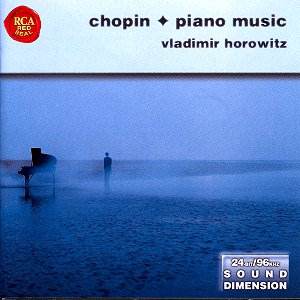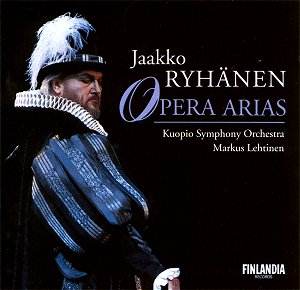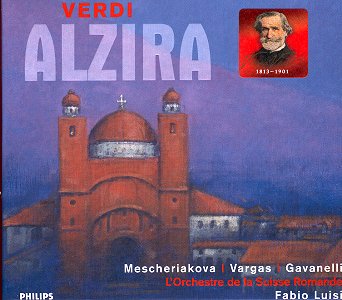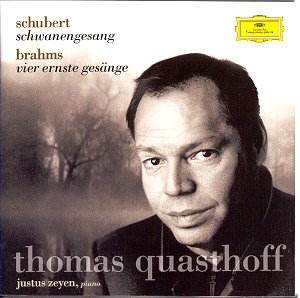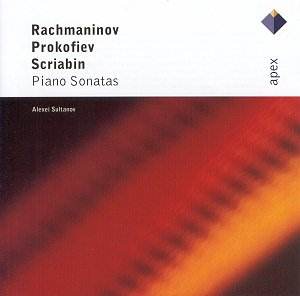 Composer: Sergei Rachmaninov, Sergei Prokofiev, Alexander Scriabin
Composer: Sergei Rachmaninov, Sergei Prokofiev, Alexander Scriabin
Works: Piano Sonata No. 2 in B flat minor, Op. 36; Piano Sonata No. 7 in B flat, Op. 83; Piano Sonata No. 5 in F sharp, Op. 53
Performers: Alexei Sultanov, piano
Recording: Recorded at the Teldec Studio, Berlin in November 1990 (Prokofiev, Scriabin) and February 1992 (Rachmaninov). [DDD]
Label: WARNER APEX 0927-40830-2 [54’23]
The present recording features a notable trio of Russian piano sonatas, each representing a pivotal moment in their respective composers’ oeuvres. Rachmaninov’s Second Sonata, with its rich emotional landscape, serves as a vessel for the composer’s nostalgia and complex harmonies, while Prokofiev’s Seventh Sonata, a product of his more avant-garde period, challenges traditional forms with its stark contrasts and rhythmic vitality. Scriabin’s Fifth Sonata, infused with his philosophical musings and mystical aspirations, showcases the composer’s evolving harmonic language. Alexei Sultanov’s interpretations, captured in this recording, are imbued with youthful vigor, reflective of the pianist’s early career post-Van Cliburn competition victory.
Sultanov’s execution of Rachmaninov’s Second Sonata is marked by a grandiose sound profile that channels the composer’s inherent romanticism. However, the recording quality leaves much to be desired; the engineering by Friedemann Engelbrecht and Eberhard Sengpiel does not adequately convey the sonority of Sultanov’s instrument, resulting in a lack of resonance that undermines the sonata’s expansive emotional breadth. Sultanov’s technique is notably impressive—his runs are impeccably even and display a virtuosic command that is characteristic of Russian pianists. Yet there are moments, particularly in the first movement, where a relentless intensity overshadows the nuanced phrasing essential to Rachmaninov’s lyrical passages. The second movement offers fleeting glimpses of fantasy, underscoring Sultanov’s potential for expressive depth. The finale showcases technical prowess, yet the absence of subtlety in quieter moments diminishes the impact of this otherwise thrilling work. For listeners seeking a more profound engagement with Rachmaninov’s emotional core, Lang Lang’s recent live interpretation stands as a compelling alternative.
Turning to Prokofiev’s Seventh Sonata, Sultanov’s interpretation is less satisfying. The structural coherence of the work suffers under his hands, leading to an episodic rendition that lacks the necessary tension and urgency. While brief moments of delicate touch emerge, particularly in the flowing Andante caloroso, they do not compensate for the overall lack of dynamism, the finale feeling more like a lackadaisical dance than the explosive culmination it demands. Pollini’s interpretation remains a benchmark of excellence, where the sonata is imbued with a sense of dramatic cohesion and clarity that Sultanov fails to achieve.
In the realm of Scriabin, Sultanov’s handling of the Fifth Sonata reveals an intriguing juxtaposition between the intended mystique and his occasionally cautious approach. The piece, which introduces Scriabin’s ‘Mystic Chord’, requires an interpretation that breathes spontaneity and exhilaration; however, Sultanov’s performance often falls into a measured restraint that inhibits the wild expressiveness inherent in the score. Comparison with Sviatoslav Richter’s interpretation illustrates the potential for a more authentic realization of Scriabin’s intentions, capturing the essence of the composer’s philosophical musings.
This recording ultimately serves as an artifact of Sultanov’s early career, showcasing his technical skill and Russian interpretative style. However, it is marred by engineering shortcomings and interpretative choices that fail to fully engage with the emotional and structural complexities of these significant works. For those seeking to explore these sonatas in their full glory, a plethora of superior alternatives exists, making this collection a less compelling recommendation in the broader context of recorded piano literature.
